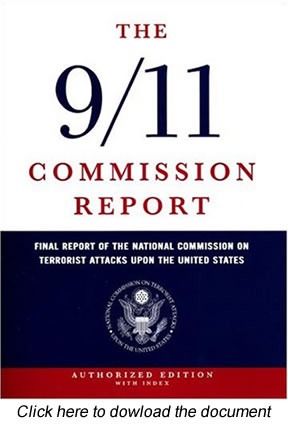The 9/11 Commission Report - Chapters 1, 2, and 6
The 9/11 Commission Report provides an enlightening analysis of the events leading up to and resulting in the horrible tragedy of September 11, 2001. The chapters provide a brief review of Islam to include a historical and political perspective. The readings provide an assessment of the rise of Osama bin Laden and Al Qaeda and the subsequent support they received from the Taliban in Afghanistan.
Perhaps most importantly of all, these three chapters provide a glimpse into the pre-9/11 U.S. homeland security apparatus and some of the tactics, techniques, and procedures used by various U.S. homeland security agencies in their attempts to eliminate or mitigate potential terrorist threats to U.S. interests. However, it is important to note the undertone of the report which tends to indicate that throughout American history when confronted by various threats to national security we have frequently underestimated the audacity, ingenuity, determination, and capability of our adversaries. When reading between the lines of the report we realize that if there is one overriding failure of our entire U.S. homeland security system it has been the inability to anticipate the potential devastation and destruction from novel or never before seen threats or hazards. For example, the report indicates that the concept of using hijacked planes as “smart bombs” was too remote for any agency to adequately take seriously even though the concept had been read by millions of readers seven years before the events of 9/11. In the 1994 best-selling novel “Debt of Honor,” by Tom Clancy, a disgruntled airline pilot flew a fully fueled 747 jumbo jet into the U.S. Capitol Building during a presidential address to a joint session of Congress, the Supreme Court, and the Joint Chiefs of Staff, virtually killing the entire three branches of the U.S. Federal Government in an instant. Consequently, the 9/11 Commission Report is often criticized for “fighting the last war” by making recommendations to protect against an earlier threat while failing to suggest recommendations sufficiently prescient to anticipate and prevent the next innovative threat or unforeseen hazard.
Click the image to download a copy of the report.